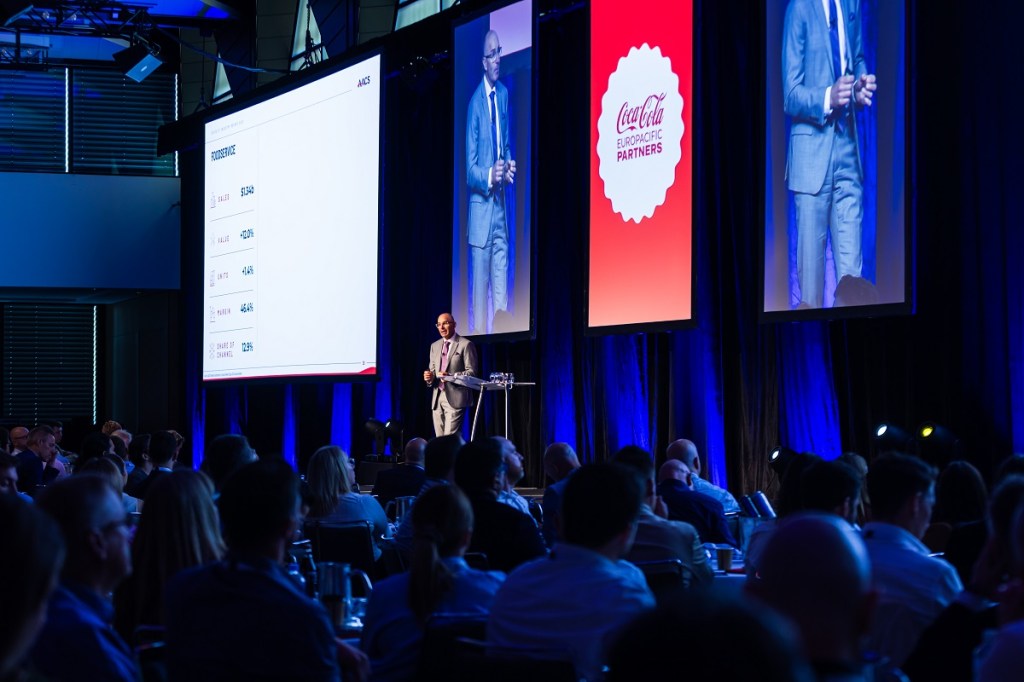Brett Barclay, Director at Convenience Measures Australia (CMA), reported the findings of the 2023 AACS State of the Industry Report at the AACS Connect 24 Summit in Sydney. Here, Theo Foukkare, CEO, AACS, shares an overview of the Report, which has revealed that the convenience industry has delivered good results considering a challenging year.
If I had to summarise 2023 in one word, it would be “challenging”. 2023 operated at full speed from start to finish and was in a cycle of constant change.
While life in Australia post -COVID has returned to normal, there are now unprecedented new challenges for all businesses to navigate their way through: increased cost of doing business; increased regulatory requirements; a changing and complex industrial relations landscape; increased cost of funding, lacklustre consumer confidence; and significant increases in retail crime, to name a few.
The fast escalation in the cost of living for the majority of Australians resulted in wholesale shifts in consumer mindsets and behaviours, with the largest change being consumers’ ongoing search for value at every opportunity.
Convenience retailers have continued investment in new store offer development across all states and territories, with a continued focus on food, coffee, technology, loyalty, and emerging categories. Retailers of all sizes have continued to develop customer-first offers, placing their consumers at the heart of their decision-making process, while at the same time, implementing ongoing renewal of their store design and fit-outs has been a focus.
The hybrid work model is now well entrenched in society, and businesses continue to adapt to this new way of working to ensure that they can maintain productivity, innovation, and business culture.
Total Convenience Retail sales for the 2023 calendar year grew by +3.1 per cent to $10.408 billion, delivering incremental retail sales of $312 million.
The first half delivered stronger growth of +4.3 per cent, however as the cost-of-living pressures continued to bite throughout the year, this impacted visit frequency, average spend, and inhibited overall growth.
Food & Beverage ended the year with growth of +12.6 per cent delivering an extra $676m in sales, while Non-Food declined -7.7 per cent or -$363m led by Tobacco which dropped -11.2 per cent or -$392m.
Food & Beverage continue to shine as retailers invest heavily in these offers, together delivering incremental sales of +$676m over the 12 months. Foodservice has now achieved double digit growth for seven years running, now contributing over $1.4 billion.
We continue to build momentum and provide everyday Australians with great quality food to keep them recharged and rehydrated. Store growth continued, adding +108 stores for the year to finish the year at 7,288 stores, up +1.5 per cent. This was mainly driven by independent retailers, with new-to-industry stores being rolled out at record numbers.
Considering the challenging economic backdrop, low levels of consumer confidence, and the largest category declining by $392m, the industry has delivered a good result underpinned by continued growth in the key focus categories.
I would like to personally thank Circana and all retailers who took the time to provide their data in confidence for the report, which makes it the most comprehensive and complete picture of sales for convenience retail in Australia. Thank you also to Brett Barclay and the team at CMA for the report and to Coca-Cola Europacific Partners for their exclusive sponsorship of the report.
All AACS Members receive the State of Industry Report as part of their membership. For non-AACS members, the full State of Industry Report can be purchased directly from the team at AACS.
This article was written by Theo Foukkare, CEO, AACS and has been shared with permission.
To stay up to date on the latest industry headlines, sign up to the C&I e-newsletter.

